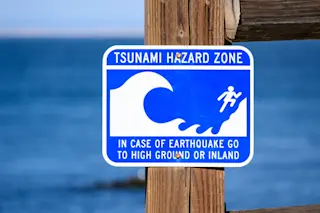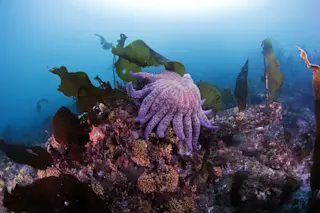Most people were unprepared when the 2004 tsunami hit South Asia. Tsunamis weren't as common in the Indian Ocean as in the Pacific, and there wasn't a warning system in place.
Tsunamis have long devastated coastal areas and continue to be a threat in many parts of the world. Two of the most devastating tsunamis have occurred in the last two decades. Here are five of the worst tsunamis in history.
On the morning of the tsunami, Sonali Deraniyagala was vacationing with her family on the Sri Lankan coast. She saw threatening tidal waves crash against the beach from her hotel room.
Her family fled and were picked up by a driver in an SUV. They were hit by the water moments later. Only Deraniyagala survived. She lost her husband, two sons, parents and best friend.
The 2004 tsunami was the deadliest on record. It was caused by a 9.1 ...















